Application of molded-pressed handles.
France
circa 1930
high. 19 cm
Reproduced in the “Catalog raisonné by René Lalique master glassmaker”, Félix Marcilhac, Les éditions de l'amateur, Paris, 1989, p ° 418, n ° 904.
link from our web catalog:
https://galerietourbillon.com/lalique-rene-vase-beliers/
Galerie Tourbillon : Free valuation - Buy and Sell at best prices
Biography:
René Jules Lalique (1860-1945) was a French glassmaker and jeweler. He became famous for his amazing creations of jewelry, perfume bottles, vases, candlesticks, clocks and, at the end of his life, car radiator caps.
At sixteen years old, René Lalique began his apprenticeship with a Parisian jeweler, Louis Aucoc. He then followed, from 1878 to 1880, the courses at the Sydenham Art College in London. After returning to France, he worked for Aucoc, Cartier and Boucheron, among others. He discovered contemporary Japanese art through the Universal Exhibitions of 1867 and 1878, which was a source of inspiration for him. In 1882, he became independent designer draftsman for several jewelery houses in Paris (Georges Fouquet, Aucoc, Hamelin, Boucheron, Henri Vever ...). René Lalique launched four years later, in 1885, his own jewelery business. Lalique was recognized as one of the most important jewelry designers of French Art Nouveau; by creating innovative pieces for Samuel Bing's new boutique in Paris, "Maison de l'Art Nouveau".
René Lalique began exhibiting his work in 1894, including the Salon des artistes français of 1897 and 1898. The great glassmaker Émile Gallé discovered him on the occasion and made him a strong eulogy. His stand at the 1900 Universal Exhibition in Paris was a huge success. While keeping the sources of inspiration of the Art Nouveau, fauna and flora - including the peacock, various insects and sometimes a fantastic bestiary -, he innovated by using unusual materials for jewelery at this time: glass, enamel, leather, horn, mother-of-pearl, often preferring semi-precious stones to precious stones. The introduction of the volume in jewelery was facilitated by his knowledge of modeling. He drew his models, having them made by a team of sculptors, carvers and enamellers whom he recruited with care. Many women of the nobility, the bourgeoisie and the show-business began to wear his extraordinary jewels, such as the Marquise Arconati-Visconti, the Countess of Béarn, the princess of Guermantes, Mrs. Waldeck-Rousseau or Sarah Bernhardt, for whom he realized in 1902 a stage costume for the reprise of Théodora, at the Sarah Bernhardt Theater. Lalique was the only modern artist whose Calouste Gulbenkian became the client and the friend. The latter acquired the famous Pectoral Dragonfly circa 1897, a masterpiece much admired at the Universal Exhibition of 1900, he lent to the tragedian Sarah Bernhardt.
René Lalique was early interested in glass as an artistic material and installed, as early as 1890, a glassware workshop where he began to experiment with his possibilities. He molded and tamed the glass-metal bond. His first jewels with this material were exhibited in 1895, then he began to design flasks of glass perfumes, being the first to imagine marketing this emblem of luxury and refinement in a packaging just as beautiful. He also did this in order to produce beautiful objects in important series, and thus to make his art accessible to a growing number of people. The same year, the Museum of Decorative Arts in Paris brought Lalique into its collections. In 1898, he set up a glass workshop in the Clairefontaine property (Yvelines), allowing him, in particular, to better master the blown glass. In 1900, Lalique triumphed at the Universal Exhibition of Paris and, in 1905, he opened a shop on Place Vendôme. In 1910, he created for perfumer François Coty, whom he met in 1908, the bottle for "antique Amber".
After the First World War, Lalique's very colorful and fantastic jewels were out of fashion. The designer felt it and decided to turn in 1920 to Art Deco. His creations paved the way for the industrialization of art objects, because one of the best ways to insert luxury and aesthetics in everyday life was to make them everyday objects. He thus created many objects such as vases, bowls, candlesticks, perfume bottles, radiator caps for the 5 CV Citroën (1925), decorations of the dining cars of the Orient Express (1929), decorations of the first class dining room of the liner Normandie (1936), fountains of the Champs-Élysées.


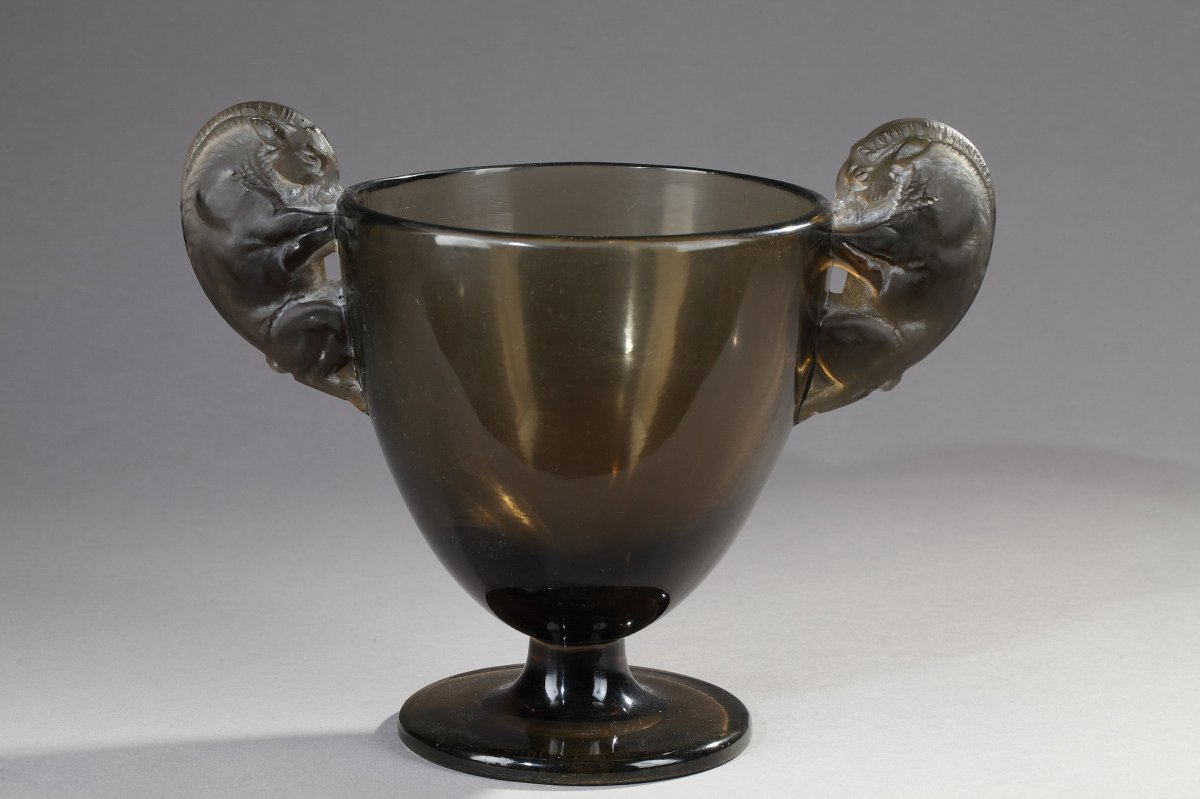
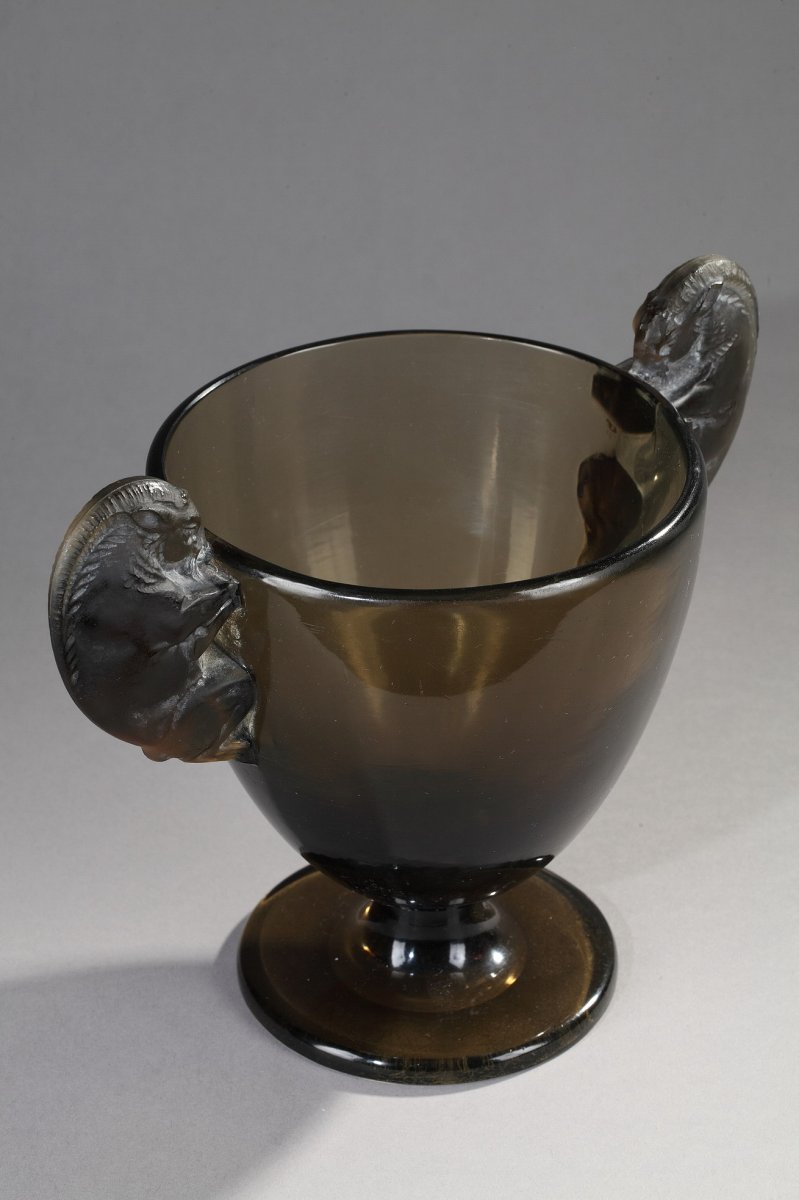
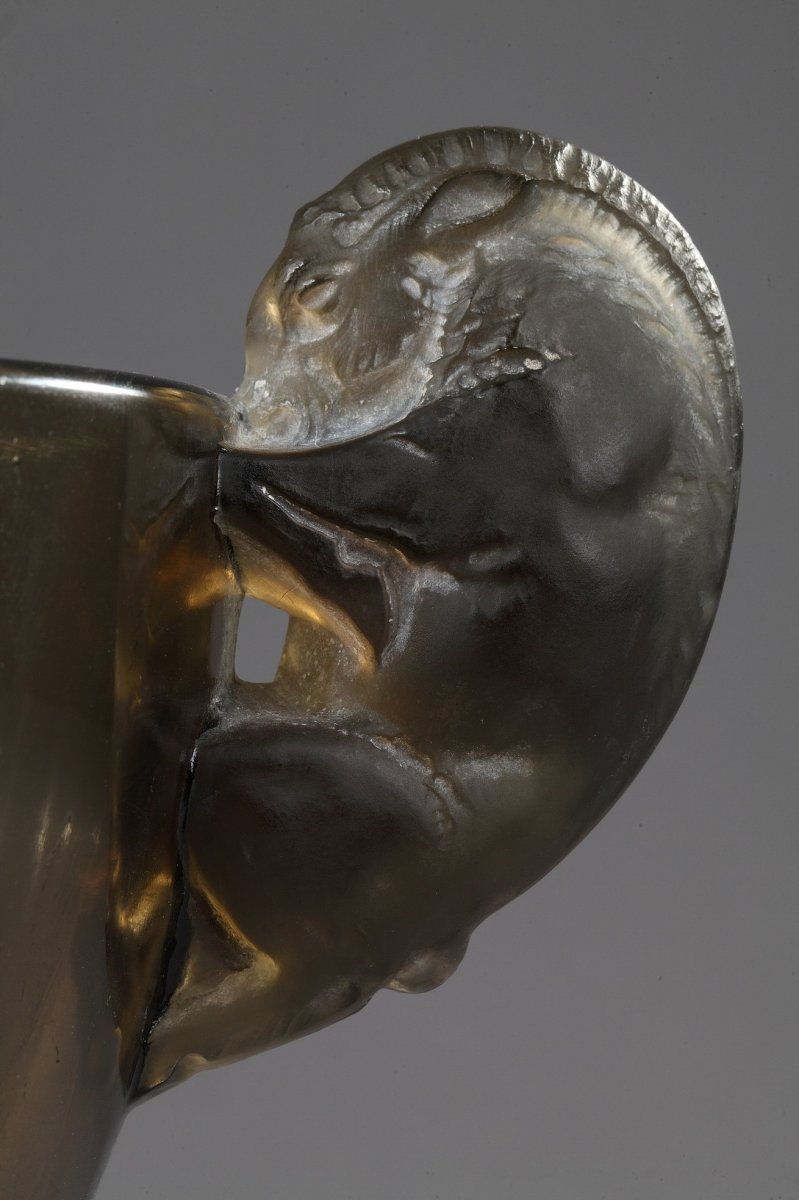
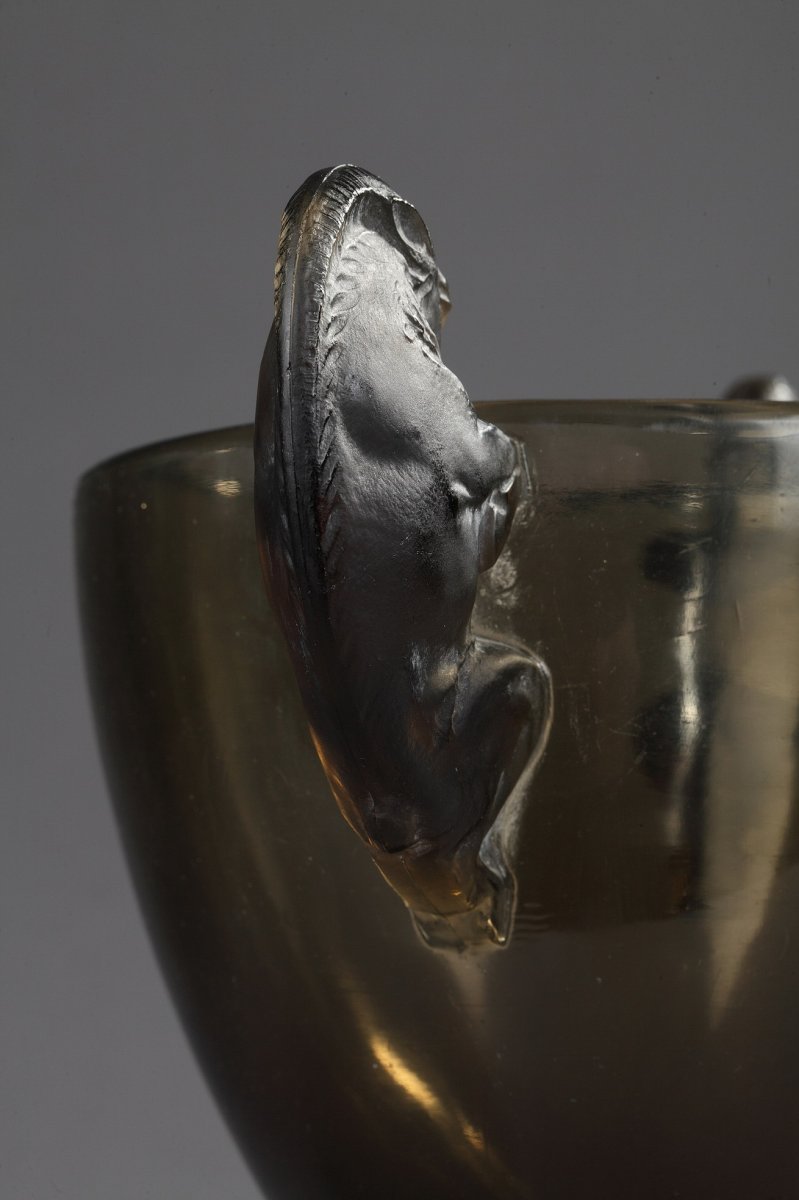
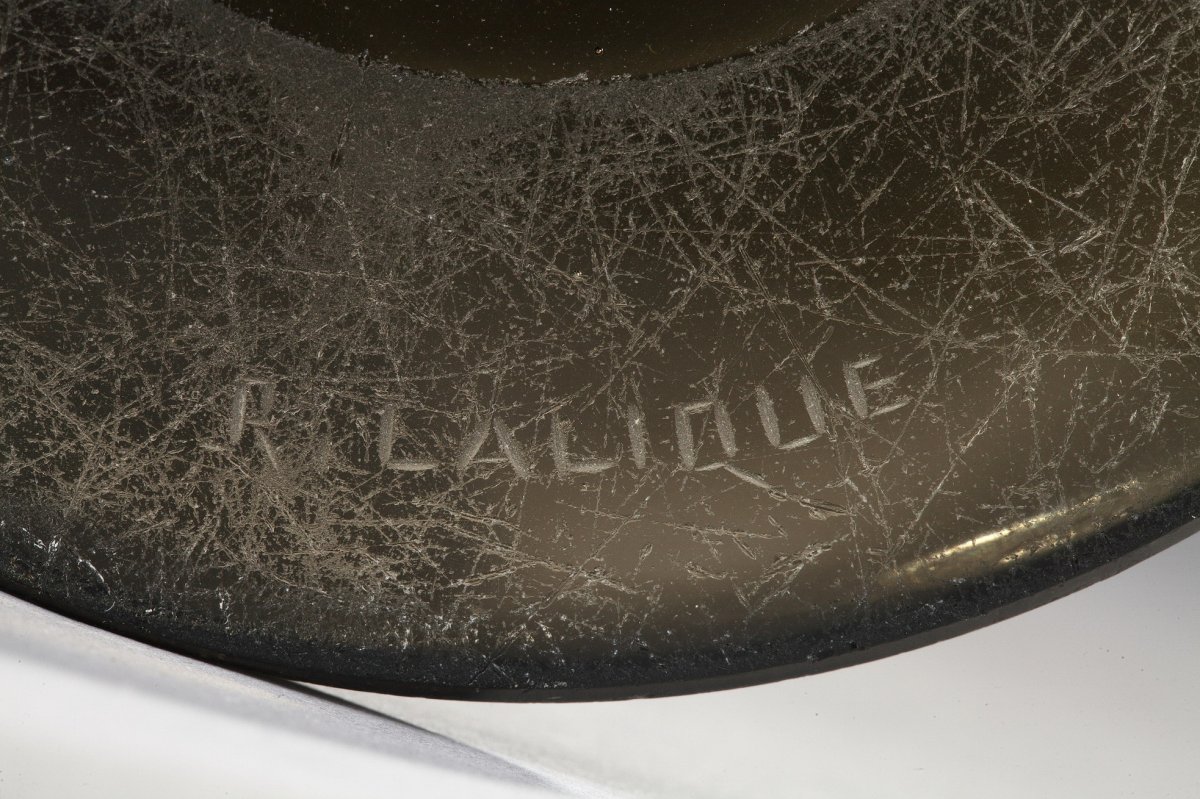












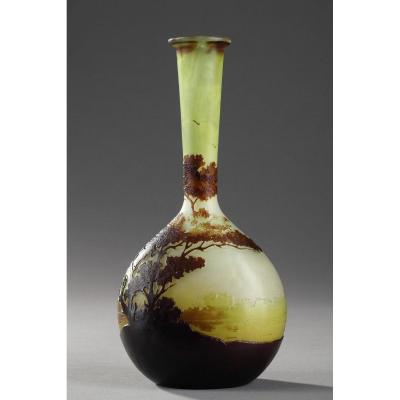
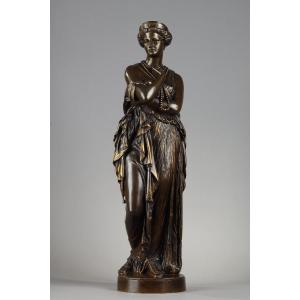
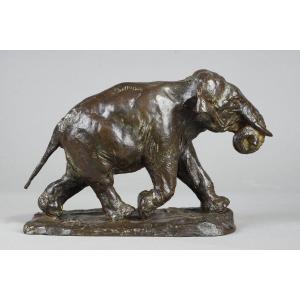
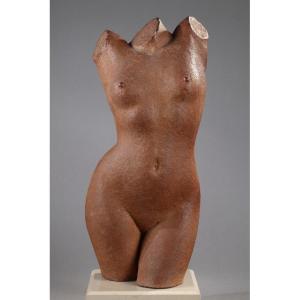
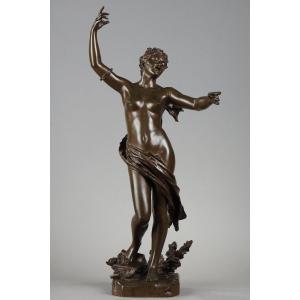
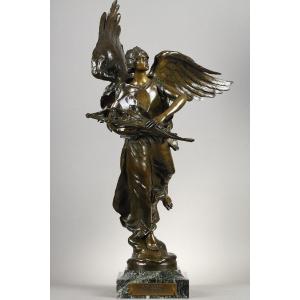


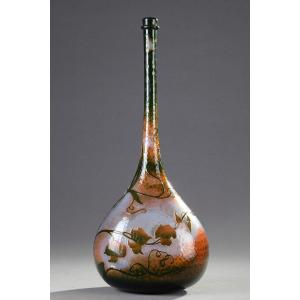


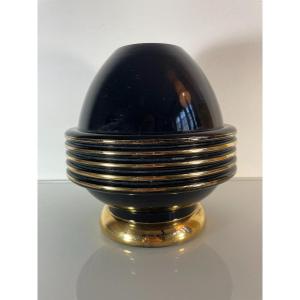
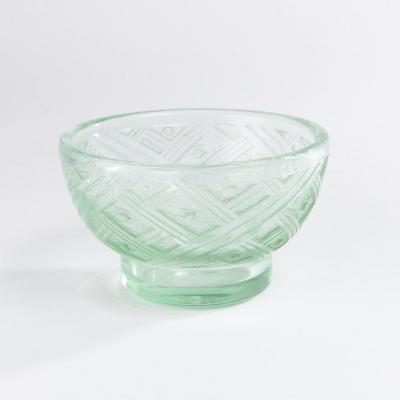




 Le Magazine de PROANTIC
Le Magazine de PROANTIC TRÉSORS Magazine
TRÉSORS Magazine Rivista Artiquariato
Rivista Artiquariato